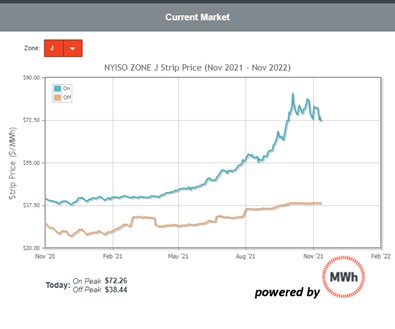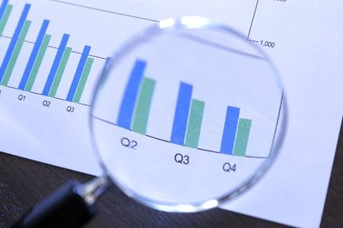I help entities reach sustainability goals. More corporate and municipal leaders realize that sustainability goals are good in and of themselves, but also need to be maintained. Therefore, it is stakeholders or, in other words, people, who determine the success of one’s sustainability initiatives. A leader is great, but success in sustainability is a team effort and you need many people, from middle managers to front-line workers to citizens to contribute to make this a success. Here are some ways to motivate stakeholders whether they be customers, employees, or citizens.
Why?
- Employees implement initiatives and “set the tone” for operations. They can also contribute ideas based on their experience “out in the field” better than many office-bound managers can. Front-line workers can make a program work and be special.
- Customers make a difference, whether it is purchasing the company’s products or use their services or promote the company’s brand and image. Without this feedback, an entity loses its motivation to maintain sustainability goals.
- Citizens are important to support the municipal leaders implementing the sustainability program or for the local company with a social conscience. Rewarding proactive municipal and corporate leaders in a community and punishing those that are less inclined to be sustainable makes citizens a powerful force in success.
How to Motivate People Toward A Sustainable Future
It is hard to motivate people to fight for sustainability. Most people are tired just making do in the world, with longer shifts of work, COVID, and other stresses. How can you motivate people to spend some time and energy toward the environment and sustainability? Researchers have found six ways to motivate greater environmental action. It won’t work on everybody, but, hopefully, enough to result in advancement.
- Education. Your target audience needs to know not only why sustainability and environmental action are important, but also that it can be done and how to do it. People are often hesitant to expend energy on something unclear. Go slow and have modest goals. Small gains lead to less frustration and motivation to do more.
- It’s how you tell the story. People – especially in the evening or weekend after a tough day of work – need to be fed necessary information in easy-to-understand doses. Talk less about theories and scientific realities, and tell more stories, particularly those with a positive outcome instead of scary ones (gloom and doom). Don’t show images of flooding and fires. People have had enough of these!
- Look for diverse leaders. While people will respect you for your views and devotion to make the Earth a better place, people feel better doing things also approved by other local respected leaders. Try to get trusted outsiders on the team, whether it be the local football coach, the minister or other religious leader, the mayor. Another source to consider are peer groups not normally interested in sustainability, such as people from the local Rotary Club or business association. If people in those groups support your goals — even if they do not devote a lot of time to them — that will show that sustainability is acceptable and keep interest up.
- Make public actions easy. “Everybody” says they are for the environment. But will people go out of their way to do something? In many cases, even many who are “pro-Earth” will not walk many extra steps to put recyclable materials in the right bin. So make actions easy to achieve. Make the extra effort to install an extra recycle bin or two more than you think is necessary to make actions as convenient as possible. In time, as people begin to do these actions, they will be motivated to want to do them and travel the extra little distance to do so. And, of course, make it bright, positive, and fun.
- Take it slow. This may depend on the community, but in general, people are overwhelmed or uncomfortable with major change, even when they agree with its premise. Introduce a new initiative slowly and connect it to ideas people are already familiar with, such as a cleanup effort in local parks which people frequent is a good thing. Remember, take the long view.
- Be careful with rewards. It is tempting to offer big rewards to those who work toward implementing programs. But don’t overdo it. Unconsciously, people may come to expect a reward every time they do something and when it doesn’t come may become discouraged and perhaps even sub-consciously upset at the program. Thank yous are very important. But make them less material and more internally pleasing.
CCES has the experts to help your entity move toward a more sustainable future in 2022. Contact us today and we can help move your program toward a better chance for success. karell@CCESworld.com or at 914-584-6720.

